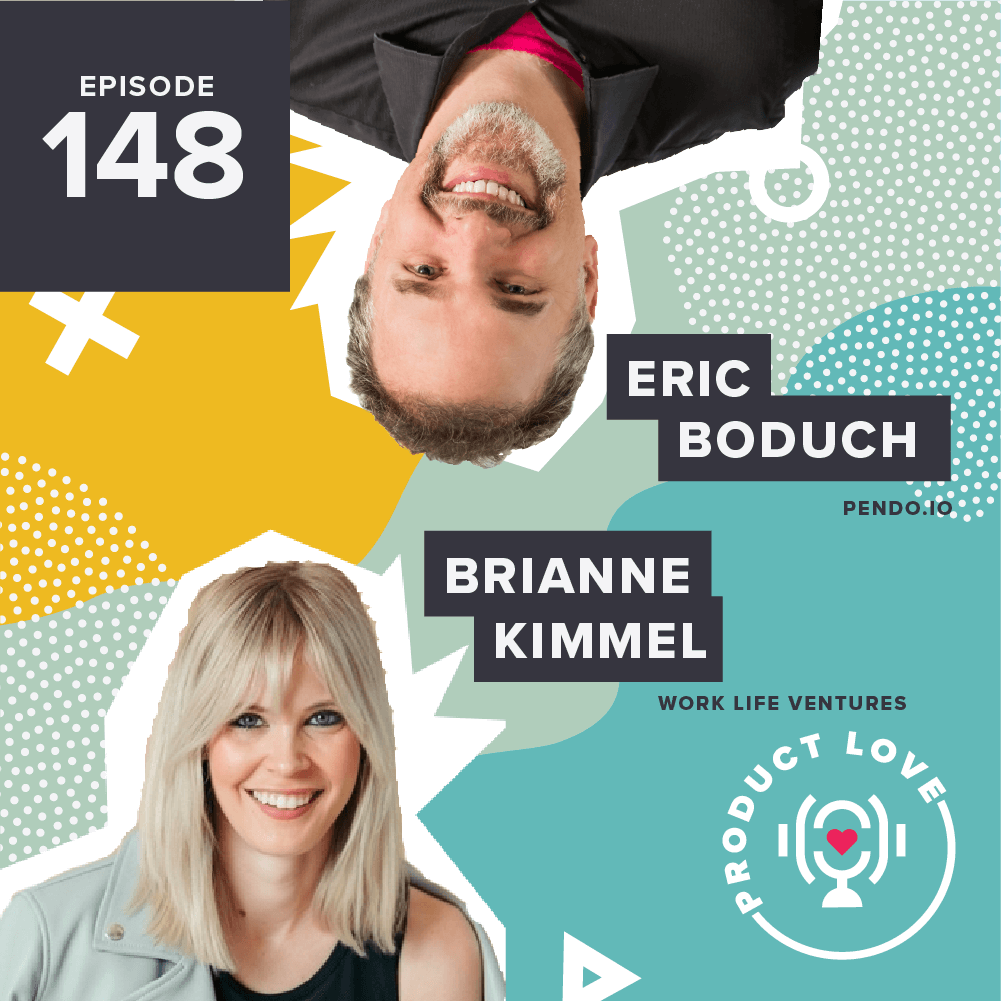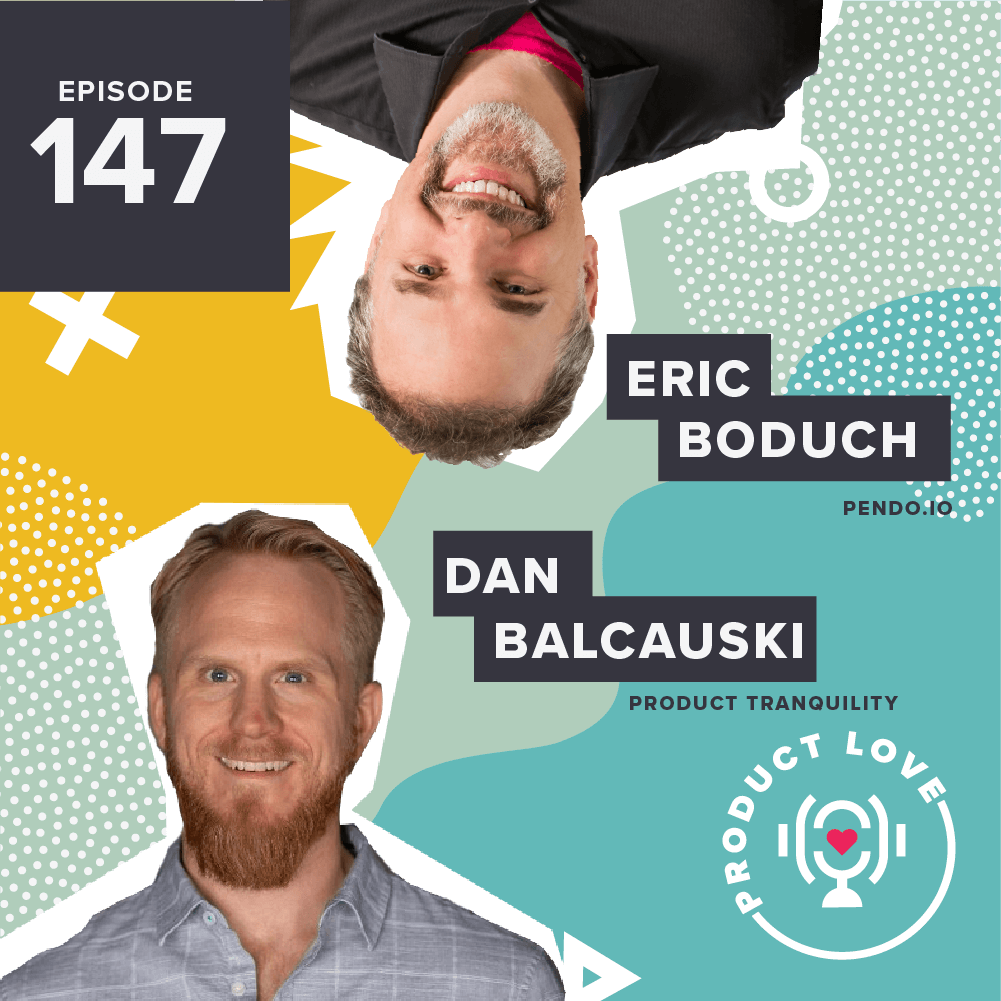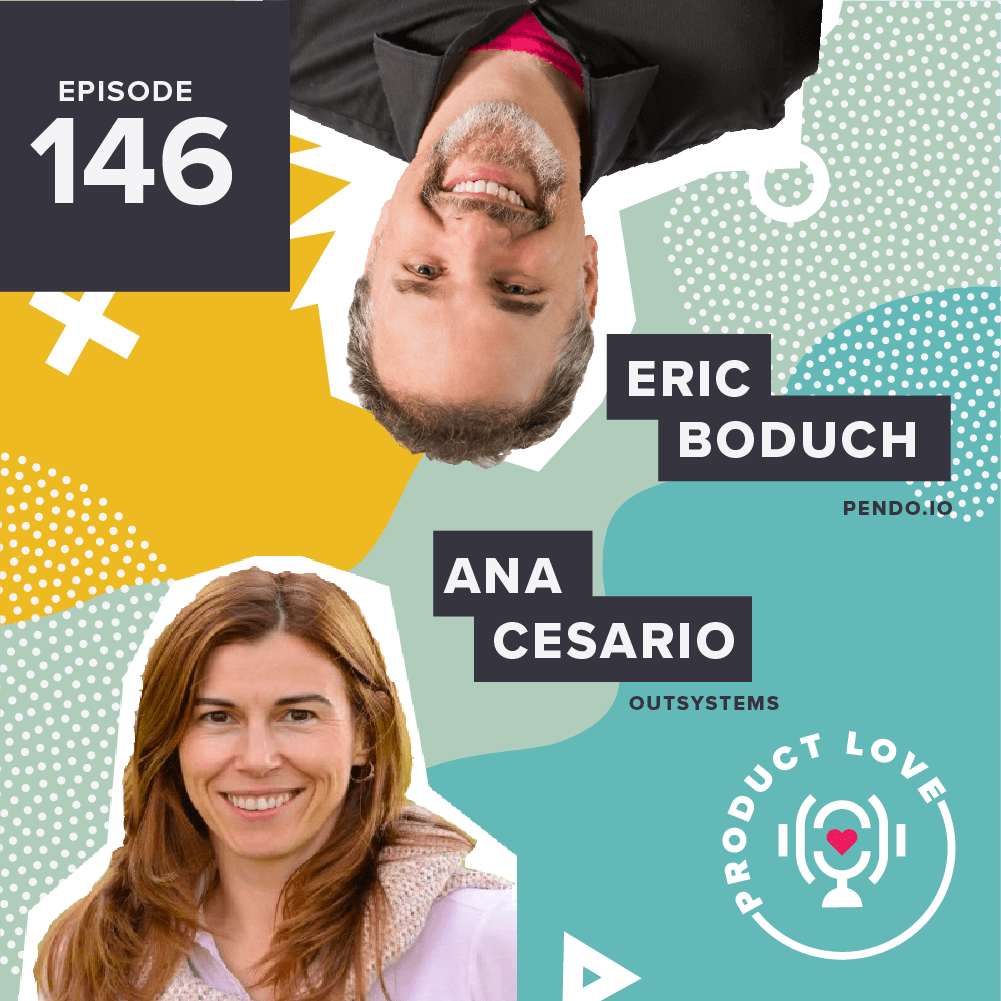I asked Scott Belsky the age-old product cliché — is product management a science or an art? His answer was that it’s clearly both. Sure, product management has scientific themes — there’s the experimentation, testing, and data. But it also calls on some things that are more qualitative, like empathy for the user and the creativity necessary to stay competitive.
Before he was the chief product officer at Adobe, he was the CEO and founder of Behance, a platform that allows creatives to share their portfolios. He had a brief stint as an entrepreneur and investor, and even wrote two books: Making Ideas Happen and The Messy Middle.
This week on Product Love, Scott and I talked about the science and art of product management.
Nail it before we scale it
In their earliest stages, the best companies are unscalable. Scott believes it’s the non-scalable things that prime the pump of the product and get people through their “first mile of doubt.”
At Behance, it meant having to write a blog post for each creative leader and manually add it to their portfolio in order to get them to believe in the product. At Airbnb, it meant hiring photographers to take professional pictures of apartments in order to compete with Craigslist. Neither of those things was scalable or easy. But they were all necessary for making people believe in the product vision.
As an investor, Scott thinks that companies really just need to worry about nailing it before they scale it. This means having a community of at least 100 people that really understand and advocate for your product.
Product managers are orchestra conductors
Scott likens product management to an orchestra — certain sections have to be in unison to function well. And effective product leaders are the conductors who get people working together.
But the “product orchestra” should never just solely involve engineers and PMs. In fact, Scott reveals that his secret in product has always been design. He even quotes David Kelley: “A prototype is worth 1000 meetings.” Design is a function that is often underutilized and added too late into the product lifecycle. Instead, Scott opts to shift power toward design early in the process, and then move it to engineering much later.
The edge is the center of something new
When successful, well-recognized products die, people often ask, “Why did those passionate teams let that die? How could they let this new, flashy product replace it?”
Scott answers that it’s the lack of creativity that kills products. Every product in the world eventually becomes antiquated. “It’s the lack of seeing the edge that will someday become the center,” he says. When your product is thriving and at the center of all the action, it’s extraordinarily hard to see these edges. But those areas are where small teams can tinker unnoticed and evolve. Out of all the hundreds of edges explored out there, one of them will eventually succeed and become the center.
He raises Photoshop as an example. Photoshop is a household name nowadays. In its earliest incarnation, it was very simple to use. But over the years, it got more powerful and accommodating of its power users. So you have to ask your product teams: Is the answer to simplify Photoshop again and make it accessible to everyone without alienating the power users? Or is the answer to create a new Photoshop, or entirely new products that accommodate for a different type of customer? Either Adobe does it, or someone else does.
You can only defy all of this by staying creative, having the foresight to analyze the edges of your product, and remaining empathetic to your customers.
Want to hear what Scott Belsky’s founder days at Behance were like (FYI, this story involves slap bets and Beyoncé)? Or do you want to learn what product leaders can do to improve their teams? Listen to the episode above.


